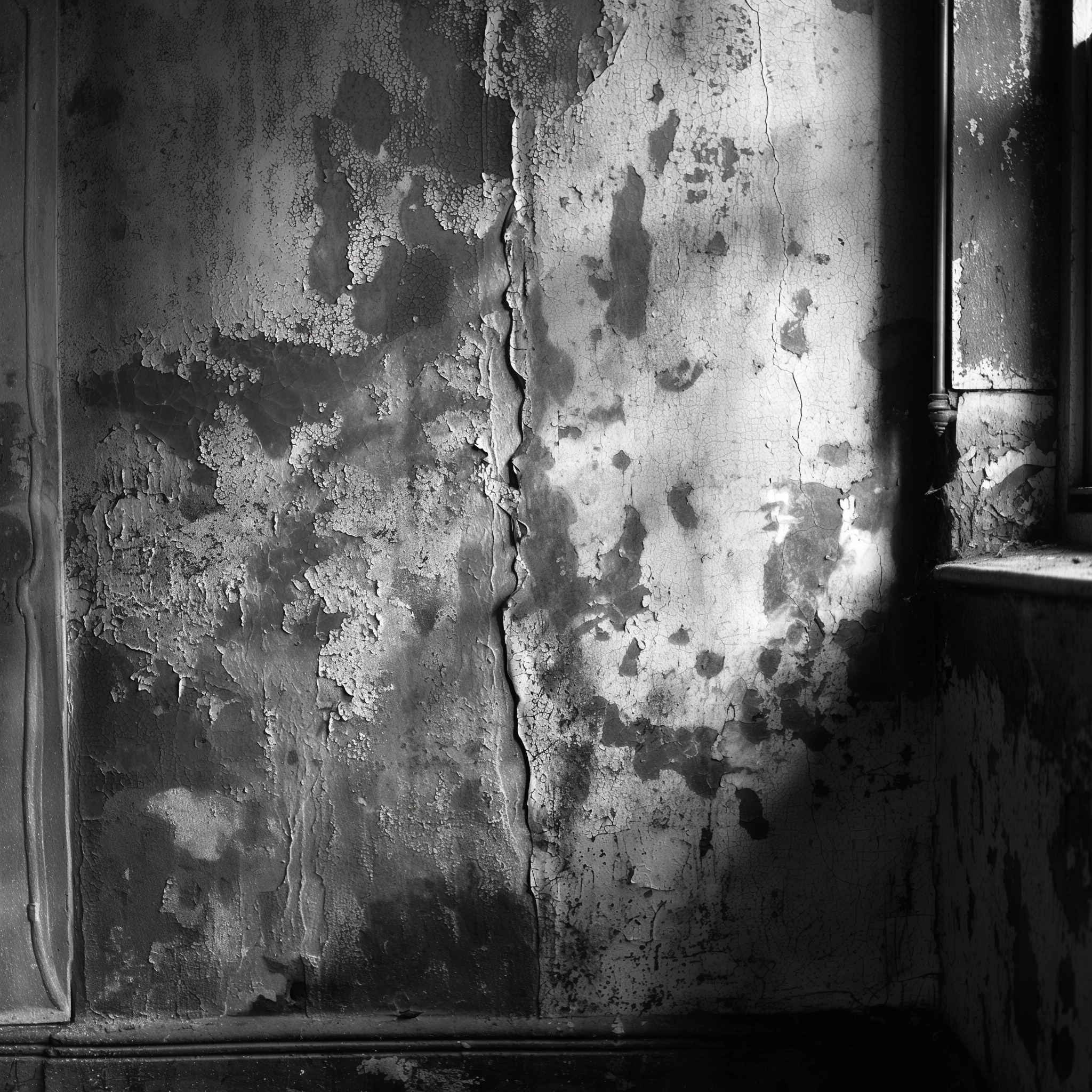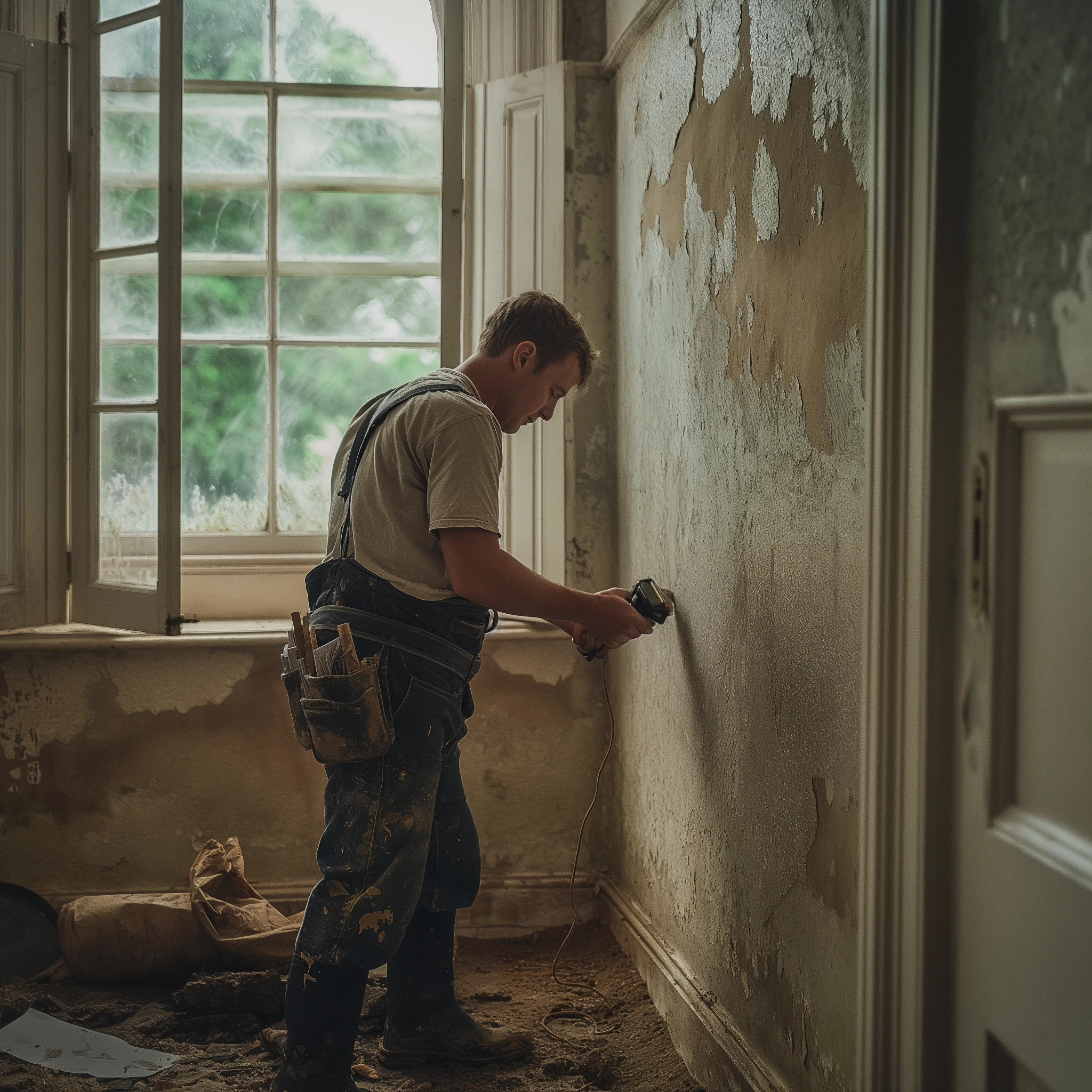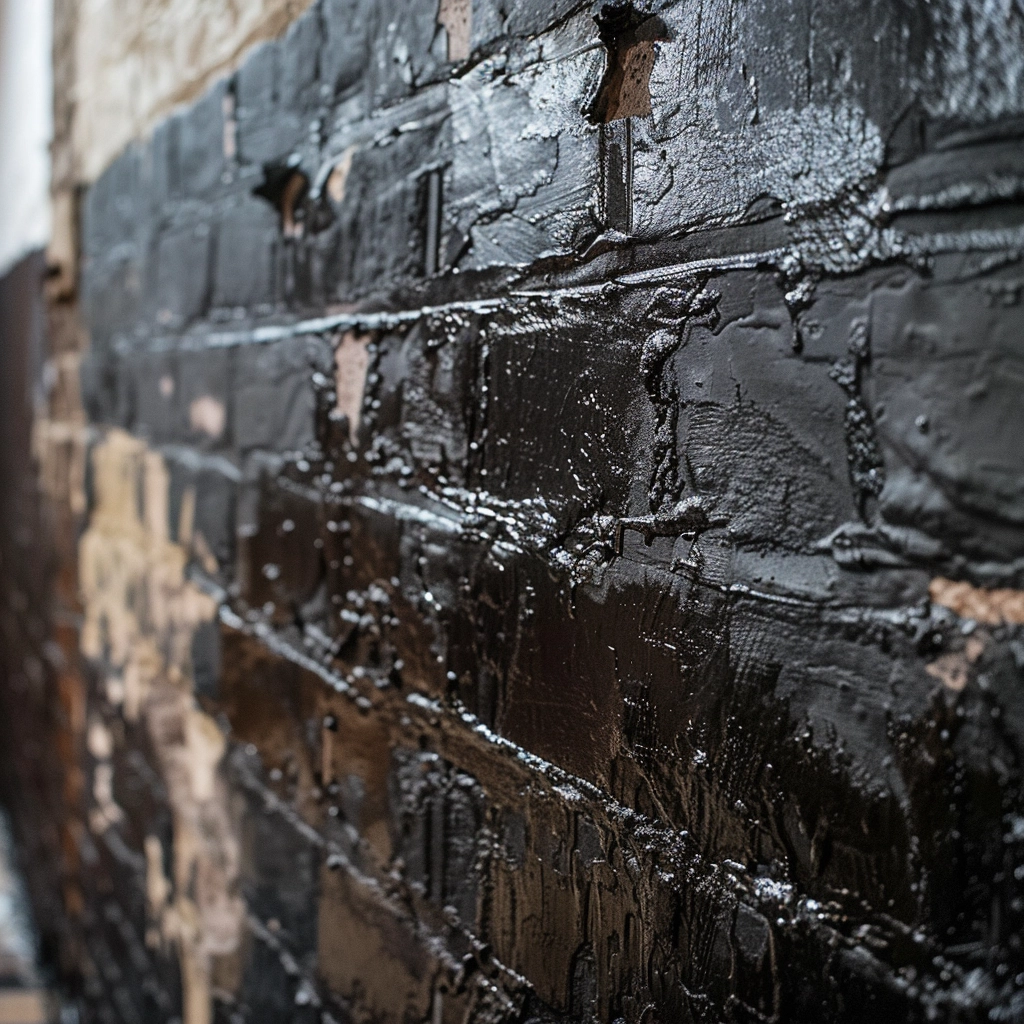
Damp Overview
In the quest to maintain dry homes and manage budgets wisely, it is essential to delve into the complexities of damp within buildings—a common predicament many UK homeowners face. The battle against damp is not merely a fight to preserve the structural integrity of our homes but also a significant health concern that demands our immediate attention. As we embark on this detailed exploration, it’s crucial to understand the various facets of damp, its implications, and the strategies for its prevention and resolution, all while keeping an eye on cost-effectiveness and practicality.
Understanding Damp and Its Implications

Damp in buildings manifest primarily in three forms: condensation, penetrating, and rising damp. Each type stems from distinct causes and presents unique challenges. Condensation, the most common form, occurs when excess moisture in the air condenses on cold surfaces, leading to water droplets that can soak into walls and furniture. Penetrating damp, on the other hand, arises from water ingress through external walls or the roof, often exacerbated by structural flaws or deterioration. Rising damp results from groundwater moving up through walls by capillary action, a process that can be particularly damaging over time.
The repercussions of unchecked damp extend beyond the mere aesthetic decline of our homes. The presence of damp can lead to severe respiratory problems, allergies, and even structural damage, underscoring the need for immediate action to safeguard our health and the longevity of our properties. The damp environment serves as a breeding ground for moulds and mites, contributing to poor indoor air quality and presenting a risk to residents, particularly those with pre-existing health conditions.
For a foundational understanding of damp, its types, and implications on health and structures, the Energy Saving Trust’s guide on dealing with damp offers valuable insights and practical advice.
Detection and Early Intervention
Early damp detection can significantly mitigate its impact, saving homeowners money and health-related distress. Indicators such as musty odours, discoloured paint or wallpaper, mould patches, and excessive condensation should not be ignored. These signs, alongside more sophisticated methods like moisture meters, allow for an accurate assessment of the damp’s presence and extent. We can implement immediate remedies by identifying damp early before the situation escalates.
Readers seeking to identify damp early and understand its signs can benefit from the comprehensive guide provided by the HomeOwners Alliance, as detailed in how to spot and get rid of damp.
Preventive Measures and Solutions
Prevention is invariably more cost-effective than cure. Enhancing a building’s ventilation, ensuring proper insulation, and applying waterproof measures can prevent moisture accumulation. Regular maintenance, such as clearing gutters and fixing leaks promptly, is crucial in damp prevention, as is controlling indoor humidity levels. For immediate damp issues, solutions like ventilation improvements and the use of dehumidifiers can offer relief, addressing the symptoms while we tackle the underlying causes.
The severity of the damp problem often dictates the choice between professional intervention and DIY solutions. While minor issues may be manageable with DIY fixes, more complex or structural problems necessitate professional expertise. This decision affects the effectiveness of the solution and has implications for costs and long-term property maintenance.
Those interested in preventive strategies to avoid damp accumulation can find helpful tips and methods in the DIY.com article on dealing with damp.
Professional Consultations vs DIY Projects

The decision to seek professional advice or embark on DIY repairs is often influenced by the severity of the damp issue and our own confidence in handling repairs. While DIY projects can be both economically beneficial and personally rewarding, they require a thorough understanding of the problem and solutions available. It is crucial to assess the complexity of the damp issue, considering factors such as the extent of damage, the type of damp, and the potential for underlying structural problems.
For complex or persistent issues, professional consultations offer invaluable insights into the most effective interventions tailored to the specific needs of our properties. These specialists not only diagnose the root causes but also provide targeted strategies for prevention and maintenance, ensuring the longevity of our homes.
“When tackling damp in your home, the decision between a DIY project and hiring a professional shouldn’t be taken lightly. While DIY can seem appealing due to the potential cost savings, it’s crucial to understand the extent and root cause of the damp issue you’re facing. Damp can often be more complex than it appears, involving hidden problems within the structure of your building that require professional diagnosis and treatment. A professional damp proofer brings not only the expertise to accurately identify these issues but also the most effective, long-term solutions. Without this expertise, DIY efforts may only address surface symptoms, leading to recurrent problems and possibly greater expense in the future. Ultimately, investing in professional services can save you time, money, and the stress of ongoing damp issues, ensuring the health and longevity of your home.” – Phil Donno – London Dampt Treatments.
For insights into when to opt for professional help over DIY projects, the Which? Report on how to get rid of damp provides a detailed analysis that can help homeowners make informed decisions.
Budget Management
Managing the financial aspects of damp prevention and repair requires careful balancing. The costs associated with addressing damp can vary widely, depending on the problem’s type and severity, the property’s size and age, and the chosen course of action—be it DIY repairs or professional services. It is essential to consider the long-term benefits of each option, weighing the immediate costs against the potential savings in future repairs and health costs.
Implementing cost-effective solutions such as improving insulation, enhancing ventilation, and regular maintenance can prevent the escalation of damp issues, thereby avoiding more significant expenses down the line. Additionally, understanding the potential for financial assistance, insurance coverage, and warranty claims can provide avenues for managing costs more effectively.
The Guardian’s article on DIY home improvement, including tackling damp, offers practical advice on managing budgets while addressing damp issues effectively. Readers can explore this resource for budget-friendly solutions and tips at The Guardian’s DIY homes guide.
Cost-Effective Management and Long-Term Maintenance
Adopting cost-effective solutions and maintenance practices is essential for long-term damp management without draining financial resources. Utilising absorbent materials, maintaining external walls and drainage systems, and ensuring ongoing climate control can prevent the recurrence of damp. Regular inspections and maintenance are vital to identify and address potential problems early, offering significant savings over time.
Consultation with specialists is advisable for unclear, persistent, or structural-related damp issues. These professionals can provide accurate diagnoses and recommend effective treatment and prevention strategies, ensuring that homeowners are equipped with the knowledge to make informed decisions. Understanding the impact of damp on both health and property and balancing DIY approaches against the need for professional intervention is crucial for effective damp management.
Legal and Policy Considerations

Awareness of legal responsibilities and policy implications is essential for homeowners dealing with damp. Landlord responsibilities, warranty claims, and the legislative framework governing property maintenance and health standards are all relevant considerations. Engaging with policy analysis and legislative overviews can provide homeowners with a broader understanding of their rights and obligations, as well as the societal implications of damp and mould in residential properties.
For homeowners looking to understand their legal responsibilities, rights, and the legislative framework surrounding damp and mould in properties, the UK Parliament’s research briefing Damp and mould in homes offers an in-depth overview.
Empowerment Through Knowledge and Community
Ultimately, the journey to dry homes and wise budget management is one of empowerment. Through education and community engagement, homeowners can share experiences, advice, and support, fostering a collective resilience against the challenges posed by damp. DIY projects not only offer the opportunity for cost savings but also enable homeowners to build skills, creativity, and a sense of accomplishment in maintaining their properties.
As we navigate the complexities of tackling damp, it’s evident that a comprehensive approach—encompassing early detection, preventive measures, effective solutions, and community support—is essential. By prioritising health, property integrity, and cost-effective strategies, we can ensure our homes remain dry, and our budgets are wisely managed, safeguarding our well-being and financial security for the future.